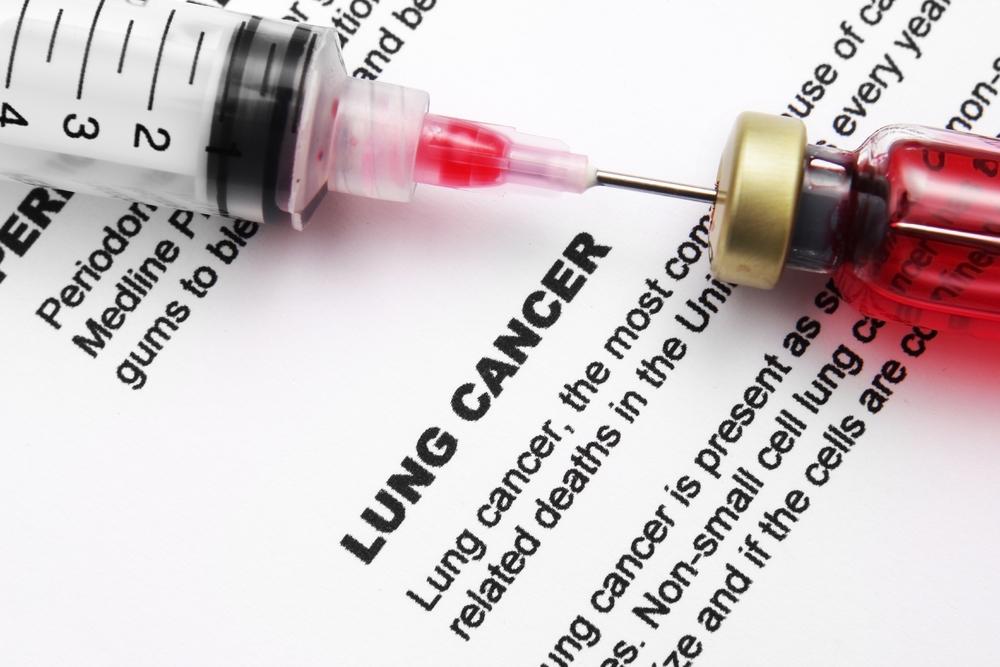Essential Facts and Treatment Strategies for Non-Small Cell Lung Cancer (NSCLC)
This article provides comprehensive insights into non-small cell lung cancer (NSCLC), highlighting early symptoms, metastatic spread, and innovative treatment options like immunotherapy. It emphasizes the importance of early detection and risk factor awareness to improve outcomes. Understanding treatment strategies such as neoadjuvant therapy and the role of lifestyle modifications can significantly impact patient prognosis. Perfect for patients and caregivers seeking clear, concise information on NSCLC diagnosis and management.

Key Information and Therapies for Non-Small Cell Lung Cancer
Frequently Asked Questions About NSCLC and Therapy Options
Non-small cell lung cancer (NSCLC) makes up about 80-85% of lung cancer cases. It develops from abnormal cell growth within the lungs and can spread to organs such as the liver and brain, especially in advanced stages called metastatic NSCLC.
Recognizing early signs of NSCLC is vital. Symptoms often develop slowly over years and may go unnoticed until the disease advances. Common early indicators include sputum changes, chest or shoulder pain, persistent cough, hoarseness, coughing up blood, recurring lung infections, and shortness of breath.
In cases of metastatic NSCLC, symptoms may appear in other areas such as bones, brain, or liver. These include fatigue, unexplained weight loss, bone pain or fractures, swelling, neurological symptoms, bleeding, and general weakness. Treatment approaches depend on the extent of cancer spread.
Neoadjuvant therapy, which involves chemotherapy before surgery or radiation, aims to shrink tumors and increase treatment success. It helps facilitate tumor removal and targets hidden cancer cells; if ineffective, treatment plans are adjusted accordingly.
Immunotherapy is an innovative treatment that stimulates the immune system to combat cancer cells. It often causes fewer side effects than traditional therapies and may serve as a primary option for metastatic NSCLC by enhancing the body's natural defenses against tumors.
Major risk factors include smoking, responsible for nearly 87% of cases. Other risks involve exposure to secondhand smoke, air pollution, radiation, and industrial chemicals. Protecting lung health involves minimizing exposure to these hazards.


